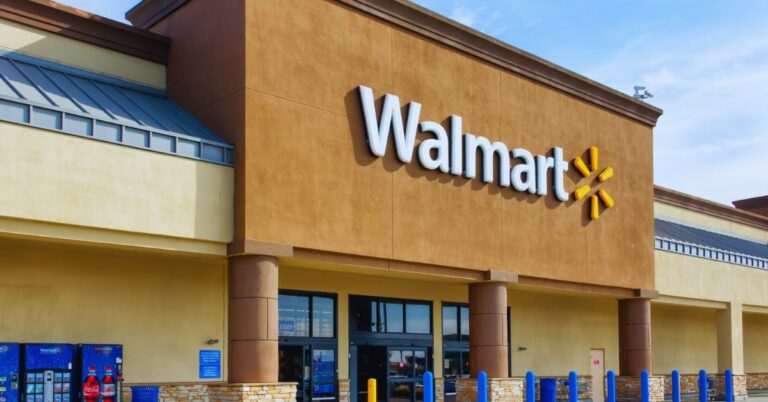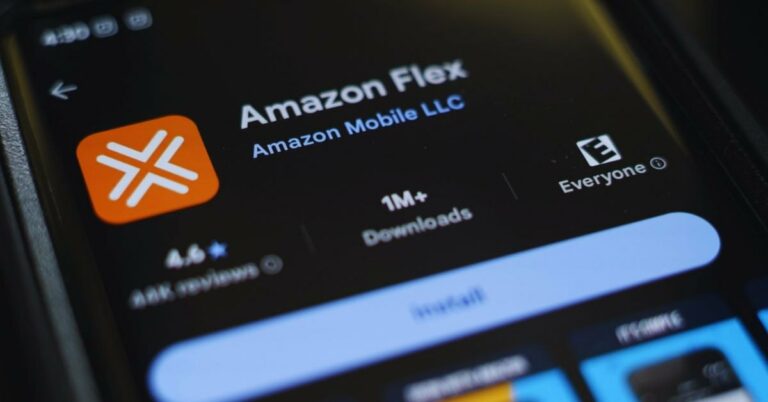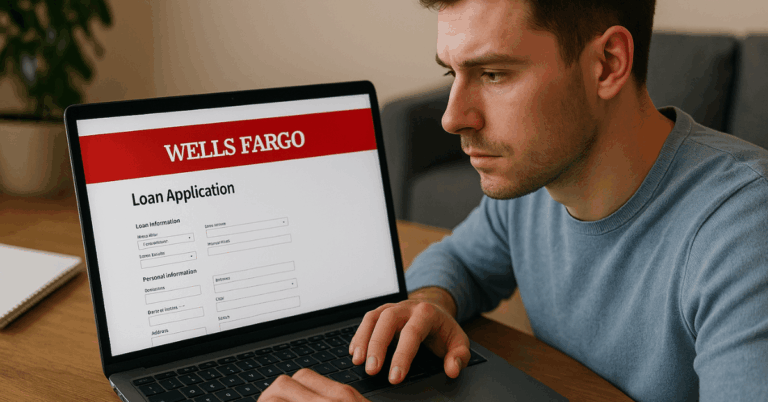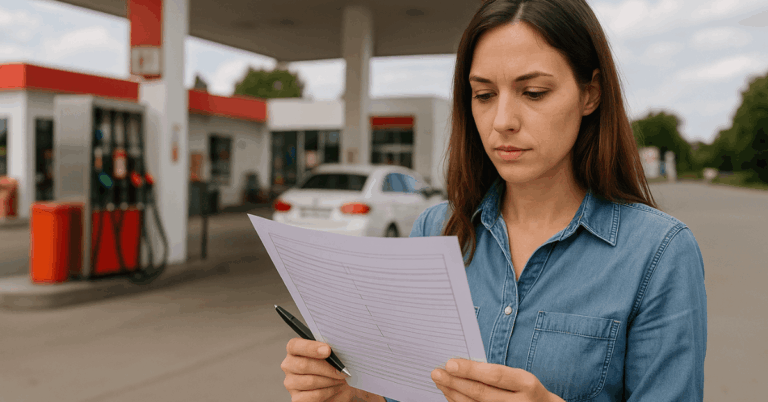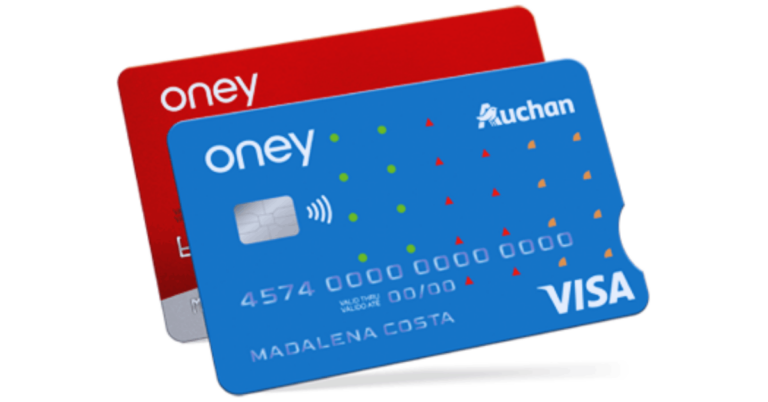If you are searching for a practical Amazon Flex blocks routes guide, this playbook explains blocks, requirements, earnings, and application steps in one place.
You will learn how offers show up in the app, which block types exist, and how to plan your week for steady route volume. The details below come from official Amazon Flex resources and current guidance, so you can rely on accurate information.
By the end, you will know how Flex works, what you must qualify for, and how to apply and start catching more routes today.
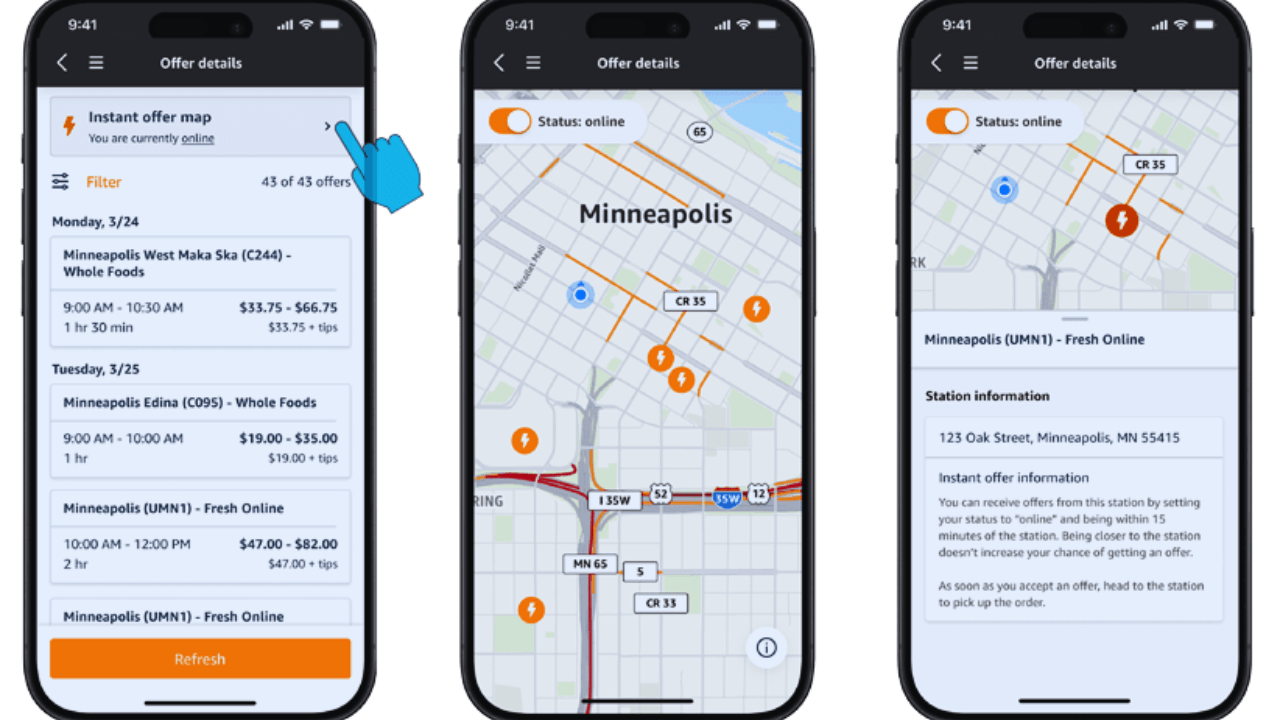
Amazon Flex Blocks and Routes Explained
Amazon Flex organizes deliveries into scheduled “blocks” that you choose in the app and then complete within a defined time window.
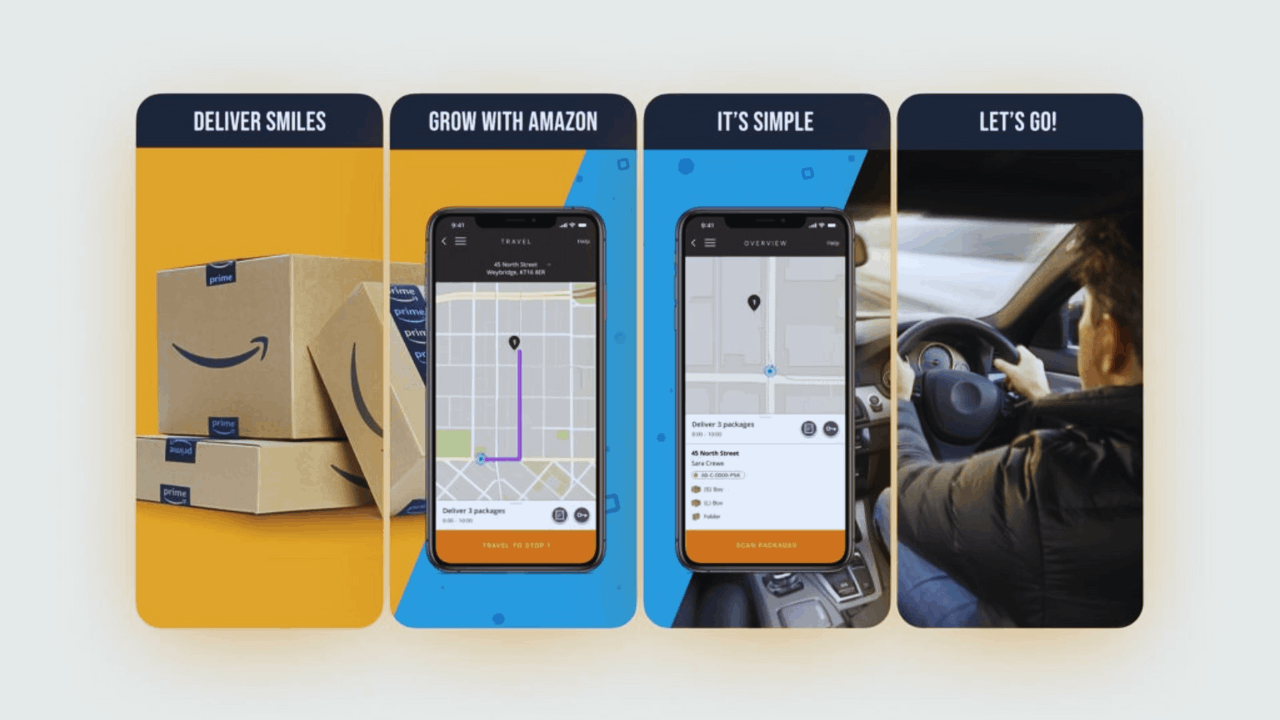
Blocks are typically several hours long and are tied to a station or program, such as standard packages or groceries.
You pick blocks that match your schedule and head to the pickup point when the start time approaches. The app guides you through scanning, navigation, and proof of delivery until the block ends.
What a Route Block Includes
A block contains the date, start time, estimated duration, and an earnings amount shown before you accept.
Once scheduled, you arrive at the designated site, load assigned packages, and follow the app’s map to complete stops.
The Offers page is where these opportunities appear, and it updates as supply changes during the day. Finishing the itinerary within the window and following delivery steps completes the route successfully.
Where Block Offers Come From
The app surfaces offers based on station needs, your region, and your declared availability. You can plan ahead by reserving blocks in advance or pick them day by day as new offers appear.
This design lets drivers stack income around other commitments while still supporting high-demand periods. Checking the Offers page frequently increases your chances of seeing new opportunities.
Block Types and Instant Offers
Flex presents scheduled blocks and also “instant offers” that start right away when capacity is tight. Instant offers are dispatched from nearby locations and let you earn without waiting for a future start time.
Amazon’s updates describe both choices as core ways to work, with blocks better for planning and instant offers better for quick turnarounds. Understanding both paths helps you balance reliability and flexibility in any given week.
Why You Should Consider Becoming an Amazon Flex Driver
People choose Flex because it fits around school runs, classes, and other jobs while still offering meaningful earnings per hour.
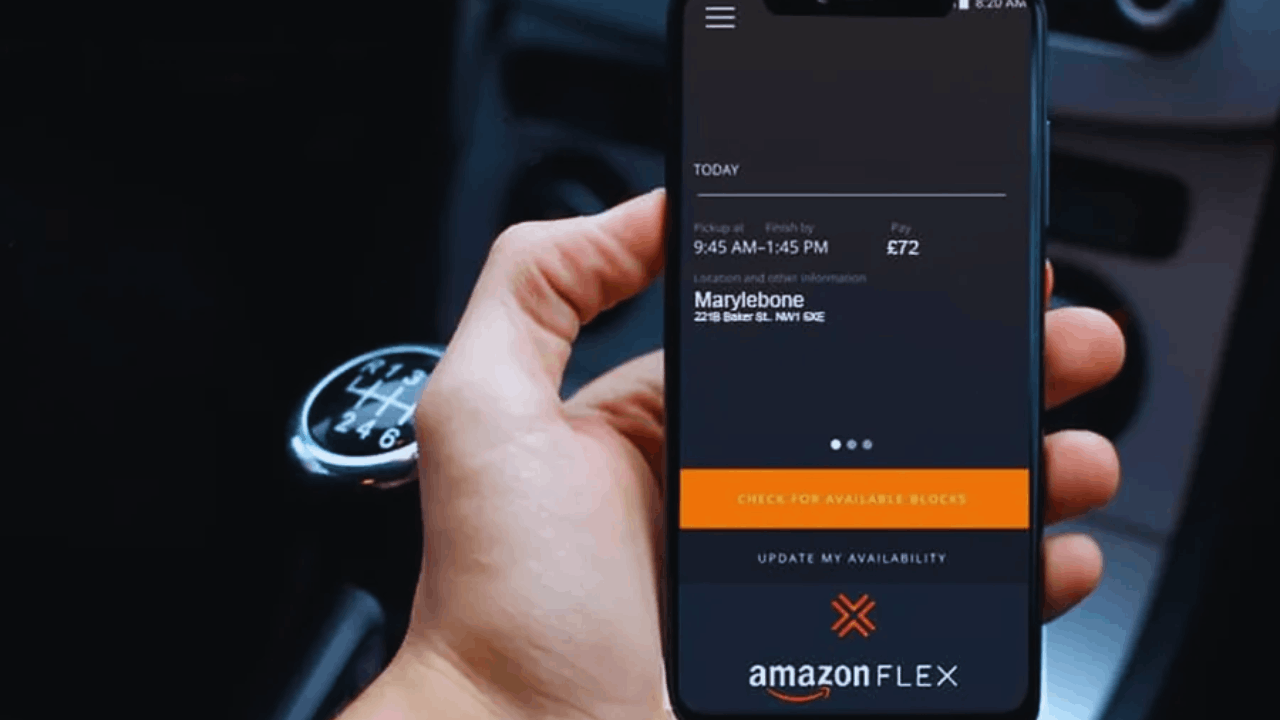
You select when to work, accept only the blocks you want, and use an app that streamlines pickup and navigation.
The program highlights schedule control as its main advantage for part-time earners and side-hustle seekers. If you value autonomy over fixed shifts, this model is designed for you.
Earnings Potential and Predictability
Amazon states that most delivery partners earn in the range of eighteen to twenty-five dollars per hour, with actual results varying by city and task.
Your results depend on traffic, density, program type, and how long you take to complete a block.
The app shows an expected payout before you accept, which helps with planning and comparisons. Treat the posted figure as guidance and aim to improve your average with experience.
Tools, Workflow, and Support
The Flex app handles navigation, package scanning, photos, and customer updates in a single workflow.
You receive station instructions at the start, then follow the map from stop to stop until the block ends.
In-app help and program articles cover common issues, including offers, payouts, and delivery steps. The combination reduces guesswork and lets you focus on safe, efficient routing.
Understanding Tradeoffs Upfront
Flex is independent contractor work, so you manage your fuel, phone plan, and vehicle wear in exchange for schedule control. You will also track your own taxes and keep records for mileage and expenses.
If you prefer employer benefits and a company vehicle, an Amazon Delivery Service Partner role may suit you better. Choose the model that matches your risk tolerance and lifestyle priorities.
How Amazon Flex Blocks and Offers Actually Work
Amazon groups deliveries into multi-hour blocks that usually run three to five hours, though exact durations vary by market and program.
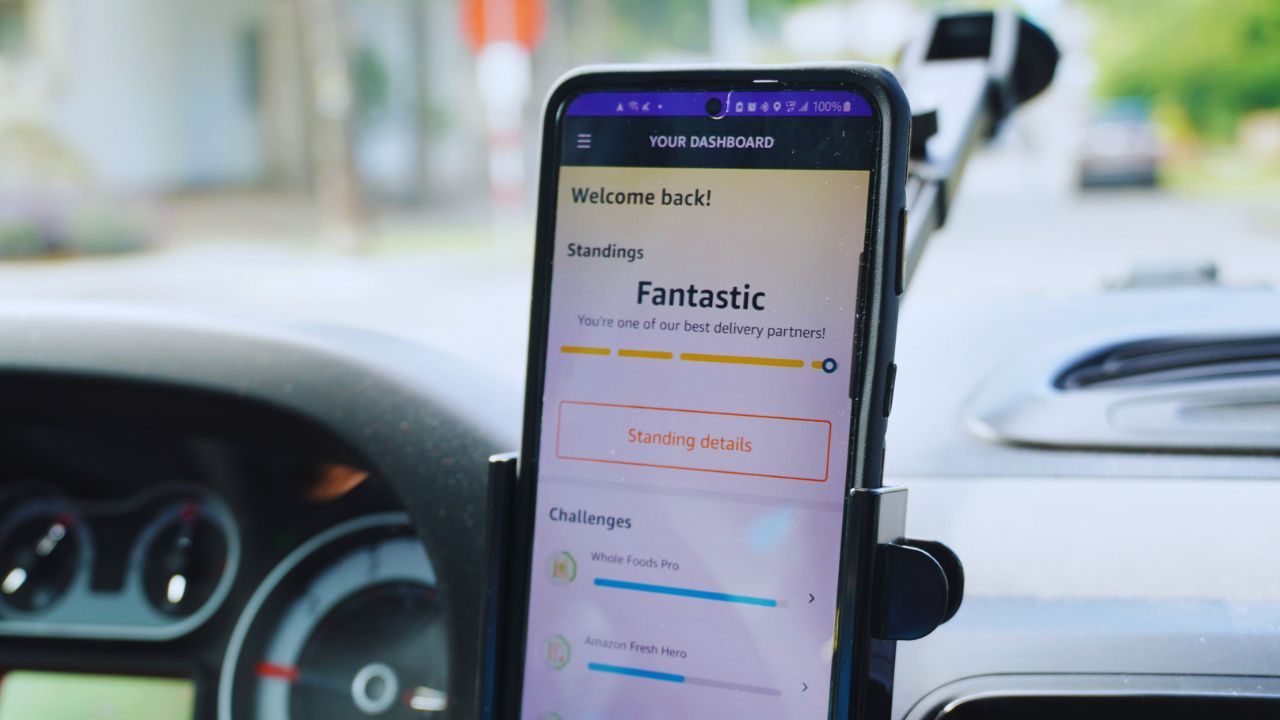
Offers can appear up to a few days ahead and also pop up the same day as demand shifts.
The Offers page is dynamic, so timing your checks around local peaks increases your odds of catching routes.
Once accepted, the block appears on your schedule with the pickup location and reporting time.
Reserved, Prescheduled, and Promotional Opportunities
Flex uses several mechanisms to match capacity with need, including prescheduled blocks, reserved offers for specific drivers, and promotions.
Promotions can add extra cash or reward points for completing a set number of blocks within a period.
These tools help you plan a steadier week and occasionally boost your earnings above baseline. Reading the in-app description tells you which rules apply to each opportunity.
Instant Offers for Fast Starts
Instant offers trigger when a nearby site needs immediate coverage, allowing you to start delivering right away. They are useful when you have open time and want to convert idle hours into income.
Because they launch quickly, you should keep your phone charged and your vehicle ready to move. Accepting an instant offer locks your start time and route just like a scheduled block.
Planning Your Week Around Demand
Flex encourages drivers to reserve blocks in advance so they can build predictable earnings around life commitments. You can still add same-day blocks if your schedule changes or you find open windows.
Mixing planned blocks with opportunistic pickups gives you both structure and upside. Over time, your local patterns will reveal the best hours to check the Offers page.
Requirements to Become an Amazon Flex Driver
Amazon lists clear eligibility rules so applicants know whether they qualify before downloading the app.
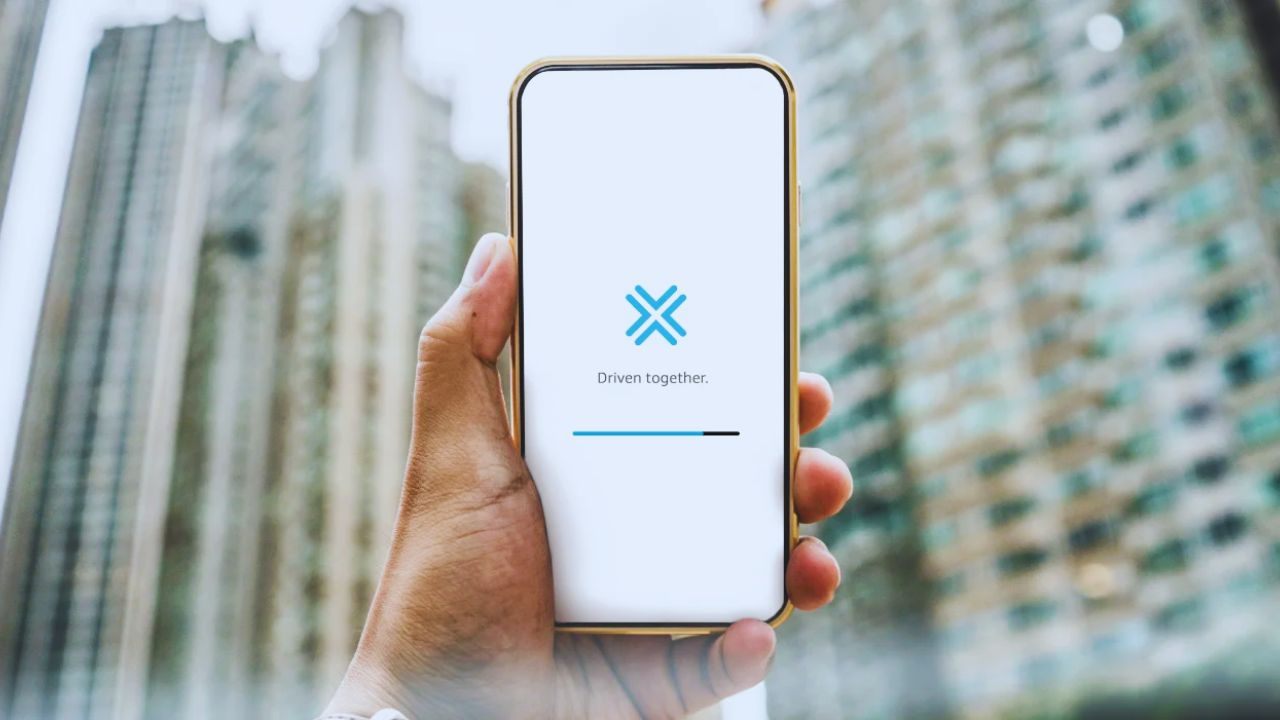
You must be at least twenty-one years old, hold a valid U.S. driver’s license, and live in a city where Flex operates.
You will also need a Social Security number for verification during onboarding. These conditions align with the program’s safety and compliance standards.
Vehicle, Insurance, and Registration Basics
Flex is a use-your-own-vehicle program, which means you must have a qualifying mid-size or larger car and maintain required personal auto insurance.
Vehicle needs can vary by delivery type, and larger vehicles are often preferred for standard package blocks.
Your registration and insurance must be valid in the state where you drive, and you are responsible for upkeep. Check your market’s guidance in the app during onboarding to confirm any local variations.
Smartphone and App Compatibility
You need a compatible iPhone or Android device with an active data plan to run the Flex app reliably. The app uses GPS, camera access, and notifications for routing and proof of delivery, so performance matters.
Keeping your device charged and updated prevents delays at pickup and drop-off. Reliable connectivity also ensures you see new offers quickly when they appear.
Background Checks and Right to Work
Applicants consent to background screening consistent with delivery work and must have authorization to work where they drive. The review covers identity, driving record, and related checks tied to program safety.
Results determine your eligibility to accept blocks in the app after signing up. If approved, you will receive access to offers for your chosen region.
How to Apply and Start Catching More Routes
The first step is downloading the official Amazon Flex app and selecting your region during signup.
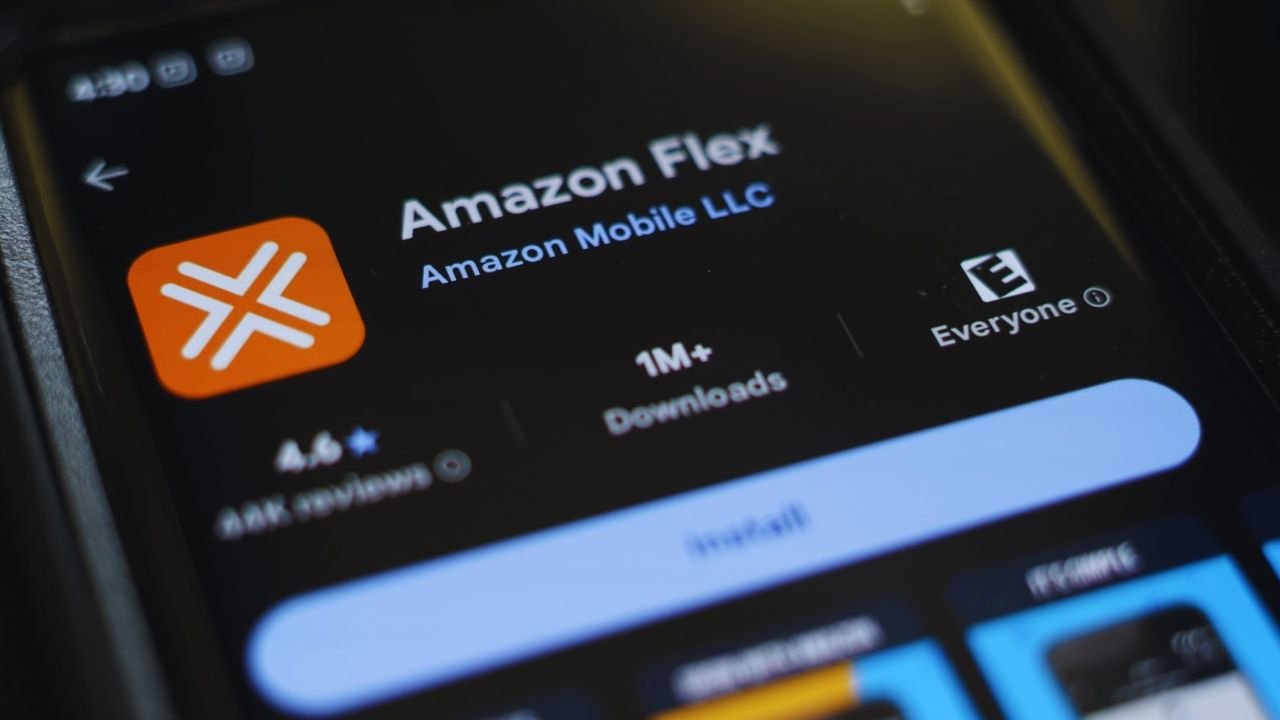
The app walks you through account creation, document capture, banking setup, and any required checks.
Once approved, you will see available offers on the Offers page and can begin scheduling blocks.
Reading the learning materials in the app before your first day helps you avoid common mistakes.
Step-by-Step to Your First Block
Open the app and verify your documents, then choose a delivery type available in your market. Review the offers list for date, start time, duration, and estimated earnings, and accept a block that fits.
Arrive a little early, follow station instructions, and load packages in a way that mirrors your stop order. Use the in-app map, scan carefully, take the required photos, and close the block when all stops are complete.
Practical Ways to See More Offers
Check the Offers page at times your local station tends to release inventory, including early mornings, midday refreshes, and late afternoons.
Combine prescheduled blocks with same-day checks so you can fill gaps when demand rises unexpectedly.
Keep notifications enabled and your device awake while you are actively looking, so instant offers can reach you. Consistent habits around peak release windows usually translate into steadier weekly volume.
Using Promotions and Rewards Wisely
Flex sometimes runs promotions that add bonuses or reward points for completing blocks within a time frame. These periods can lift your average earnings if they align with your availability.
Always read the terms so you know the required number of blocks and eligible dates. When promotions stack with busy weeks, you can boost take-home without extending your hours.
Pay, Earnings Dynamics, and Smart Habits
Amazon’s published guidance says most partners earn eighteen to twenty-five dollars per hour, with tips available on some programs like grocery.
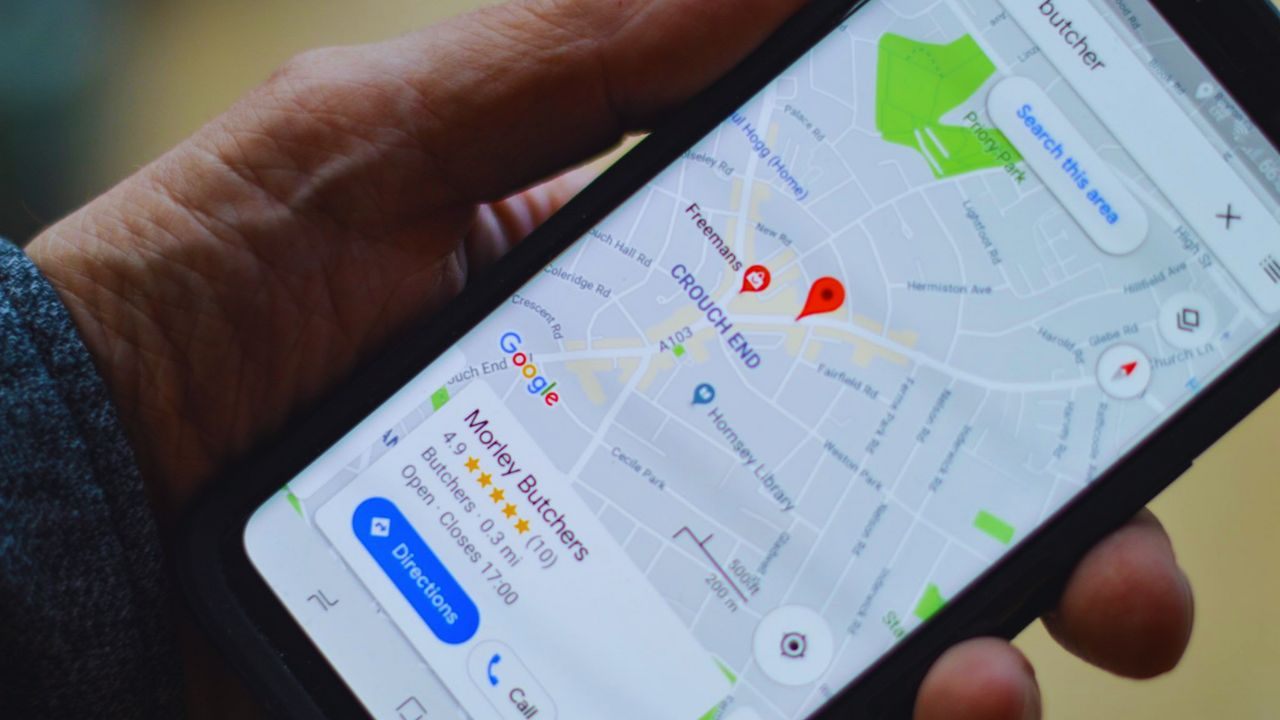
Your realized hourly rate depends on route density, traffic, parking, and how efficiently you load and sequence stops.
Reviewing your past blocks helps you learn which windows yield the best dollars per hour in your city. Treat time saved on the road as the biggest driver of higher net earnings.
Reading the Offer Before You Accept
Each offer shows an estimated payout, duration, and pickup point so you can compare options quickly. Consider your drive to the station, likely traffic at the return hour, and parking conditions in dense areas.
Matching block length to your strongest hours keeps fatigue lower and reliability higher. Declining blocks that do not fit your plan prevent cancellations later in the day.
Expenses, Records, and Consistency
Because Flex is contractor work, track mileage, fuel, maintenance, tolls, and phone costs to understand your net.
Consistent record-keeping makes tax time simpler and helps you evaluate which block types deserve your focus.
Small routines like pre-trip fueling and organized loading reduce wasted minutes that erode earnings. Over weeks, these habits compound into a higher average without working longer.
Safety, Service, and Ratings Mindset
Follow station safety briefings, drive defensively, and respect photo and ID requirements at delivery. Clear photos and accurate placements reduce support follow-ups and protect your standing.
A calm approach to apartment access, codes, and re-attempts saves time across a route. Good habits create smoother days and better eligibility for future opportunities.
Conclusion
This Amazon Flex blocks routes guide showed how offers work, what you need to qualify, and how to apply through the official app.
With accurate expectations and repeatable habits, you can catch more routes, raise your average, and make Amazon Flex fit your week on your own terms.
